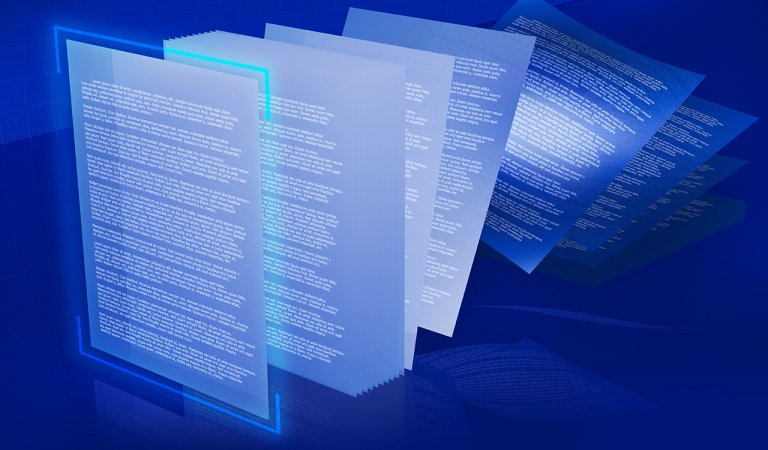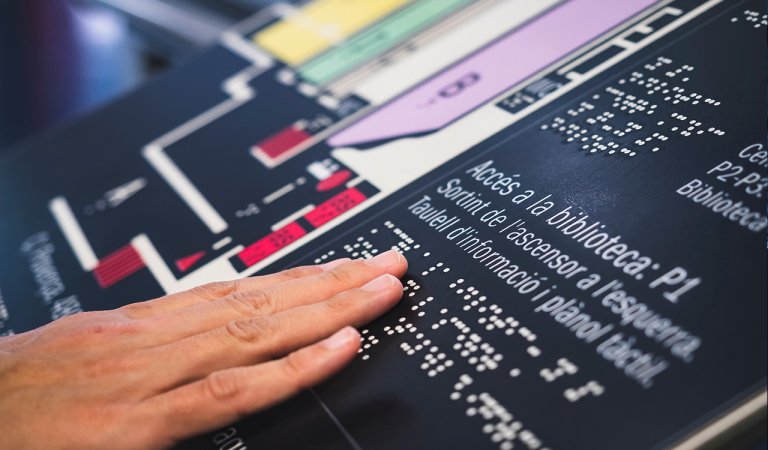Digital Distribution of Documents Replaces traditional Delivery Methods
Throughout the world, the volume of physical documents is shrinking. Current surveys by the Universal Postal Union (UPU) cite a double-digit percentile drop. Many companies already send invoices, account statements and the like as e-mail attachments or put them on web portals for download.
And the trend is growing. With the elimination of printing and mailing costs, digital distribution holds enormous savings potential. Savings for transaction documents, in particular, are in the six-figure range, which is why digitalization is making the fastest strides in this arena. In all probability, in a few years well over half of all documents will be sent electronically. Even insurance policies, contract cancellations and written documents that for legal reasons are still paperbound will surely one day be sent in digital form. Printing and physical distribution will be reserved for those materials like mailings, premium product catalogs and image brochures. Paper is thus increasingly becoming a premium product.
HTML5 as a Standard Format for Digital Documents
The ratio of physical and digital mailings is changing and influencing their creation overall. The challenge: to prepare every document, no matter what type, and equip it with the structural data so it can be output on any channel. That means that output management systems need to detach themselves from the "letter size" metaphor and supply content for electronic output devices that adjusts to the size of the display or screen. Consider the PC tablet, the smartphone and other devices that increasingly serve as mobile offices for day-to-day business operations. In other words, documents originally designed for print only must now become multi-channel capable. To this end, they are "enriched" with content not relevant for a paper based channel. Information like metadata, hyperlinks, and instructions for structuring the text now become a requirement.
Against this background, the HTML5 format will play a decisive role in the structuring and semantic description of documents (see glossary). The text-based markup language is already setting the tone with mobile platforms such as the iPhone, iPad and Android devices. And it’s no wonder: HTML5 content can be easily processed for any electronic output channel, be it a smartphone or a web site. An HTML5 document can be printed or otherwise output in physical form if necessary. HTML5 documents can also be converted to PDF files of any page size.
Documents That Are Multichannel Capable Are Also Intelligent
HTML5 is currently the most intelligent format for the creation and display of documents, independent of their size or the output channel. It allows reformatting, e.g., from a 8.5"x11" page to smartphone display, or conversion from page formats to text-oriented formats. Individual data can be extracted (including retrieval of invoice items) and table of contents and index lists can be built. And there's more. With HTML5, even audiovisual elements, web links and charts can be embedded. This creates not only multi-channel capable documents, but intelligent documents that offer users added value beyond just display of text.






